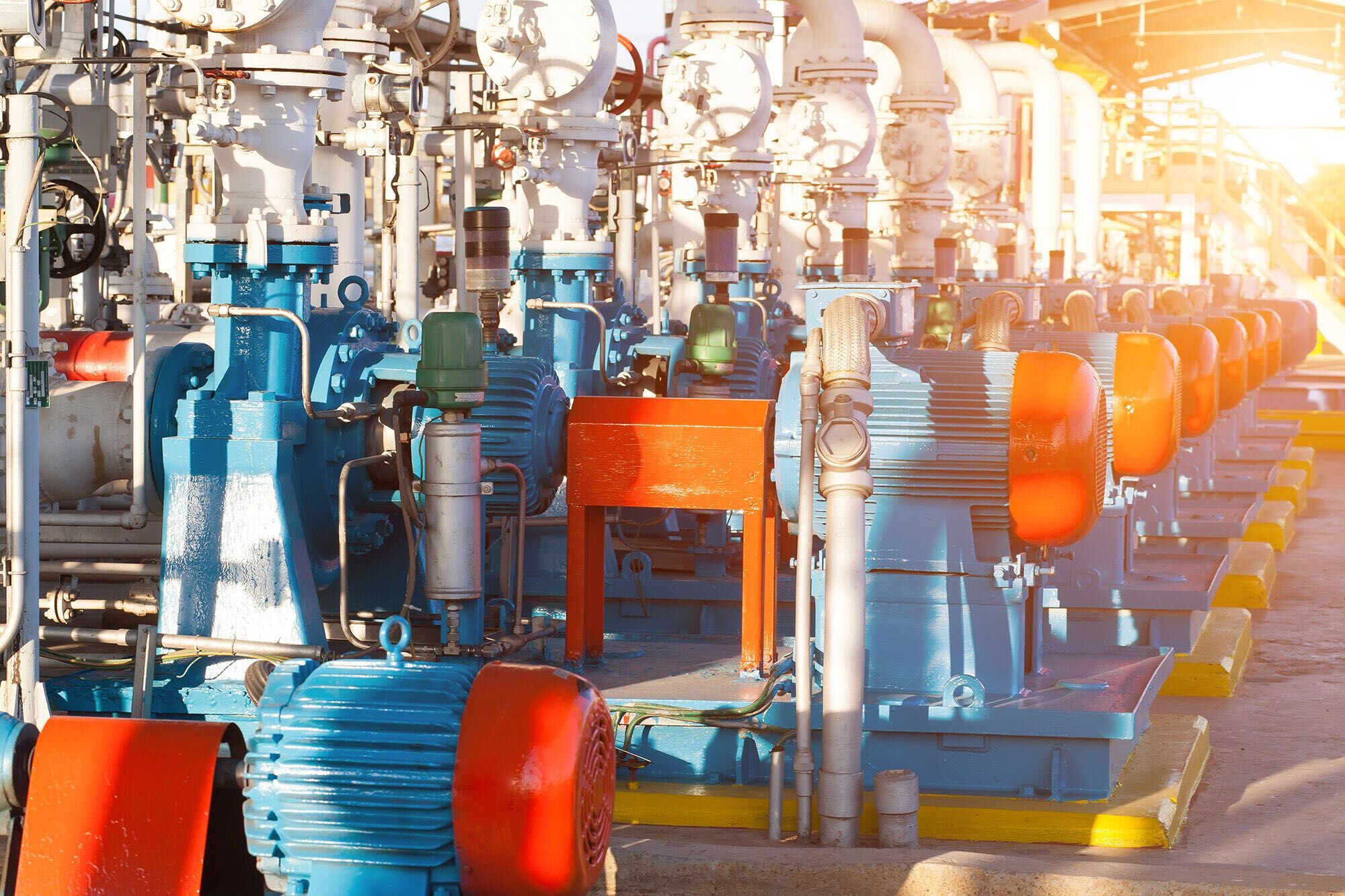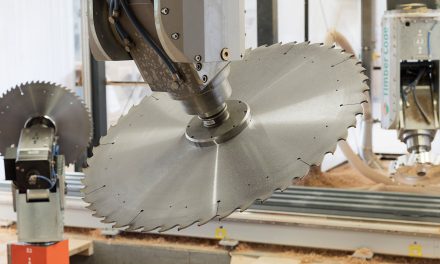Electric motors are generally considered some of the most reliable pieces of equipment on a production floor. Despite their resilience, there are things that, when done repeatedly, can rapidly compromise their efficiency and drastically reduce their lifespan. Here Chris Robson, Sales Director at electromechanical specialist Houghton International, explains how you might be damaging your electric motor.
The factors that impact the functionality and lifespan of electric motors don’t usually lead to immediate failure, but progressively cause wear. For example, two of the main culprits of motor failures are winding insulation issues and bearing wear, which are mainly caused by overheating and power quality issues. These conditions can arise from a wide variety of factors, but many of them are the direct consequence of repeated stresses caused by improper use or less-than-ideal operating conditions.
The good news is that, with a proactive predictive maintenance strategy, it is possible to spot potential issues early and take appropriate action. The bad news is, since motor failure doesn’t normally happen instantaneously, there might ongoing problems that are hard to notice but contribute to your motor’s slow death.
The wrong environment
Operating an unprotected motor in a dirty, dusty or humid environment can expose it to pollutants that will lead to component wear and corrosion. Enclosures are essential to protect motors from contaminants, but they need to be ingress protected to the right standard to keep fine particles at bay.
Failure to do this can lead to a series of issues. While abrasive particles can cause mechanical stress and damage bearings, electrically conductive pollutants can interfere with current flow. The latter is quite common with metal particles, a common by-product of metalworking applications. The worst possible combination comes from a highly corrosive mix of moisture and pollutants.
The problem with overheating
Allowing your motor to overheat is the most effective way to drastically reduce its lifespan. In fact, the general rule of thumb is that every 10°C increase in motor winding temperature will reduce the lifespan of components by half. Short-term exposure to high temperatures is enough to compromise a motor’s functionality, regardless of whether overheating is occasional or continuous.
A variety of factors can contribute to overheating, such as an incorrect or inconsistent voltage supply, excessive workload, a problem in the motor’s ventilation system, or incorrect use, for example when motors intended for intermittent use are operated consistently and not allowed to cool down appropriately.
Power issues
Inconsistent, excessive or insufficient power supply can all impact a motor’s lifespan. For example, harmonic currents caused by pulse width modulation can deteriorate the windings’ insulation and lead to premature failure. Transient voltages can also cause insulation breakdown, and are harder to spot due to the fact that they occur infrequently and for very short intervals.
Imbalances in load distribution can also lead to insulation failure. By allowing excessive current flow to circulate in one or more phases, they create the potential for overheating, which will eventually damage the phase circuits and ultimately cause the winding to fail.
Ignoring alignment
Correct motor shaft alignment increases equipment’s active lifespan by keeping vibration levels under control and ensuring that power is efficiently transmitted from the motor to the equipment it operates. On the other hand, incorrect shaft alignment causes excessive radial and axial vibrations, which leads to premature components wear and failure if not addressed.
While flexible couplings can compensate for some level of misalignment, it is a mistake to over rely on them. The Advanced Manufacturing Office of the US Department of Energy actually warns that flexing of the coupling and shaft will exert forces on the motor and driven equipment bearings that will eventually result in breaking and cracking. Bear in mind that newly installed equipment is particularly sensitive to misalignment issues, since alignment changes are frequent due to foundation settling.
Excessive load
Constantly working under excessive load will rapidly shorten a motor’s lifespan. Overheating, insufficient torque and higher energy consumption are the warning signs that your motor might be operating under excessive load, an issue that leads to about 30 per cent of all motor failures.
Electric motors are the backbone of modern manufacturing, but neglecting maintenance can quickly lead to premature failure. To prevent costly downtime, get in touch with Houghton International and we’ll help you devise an effective testing and maintenance routine to maximise the lifespan of your equipment.


